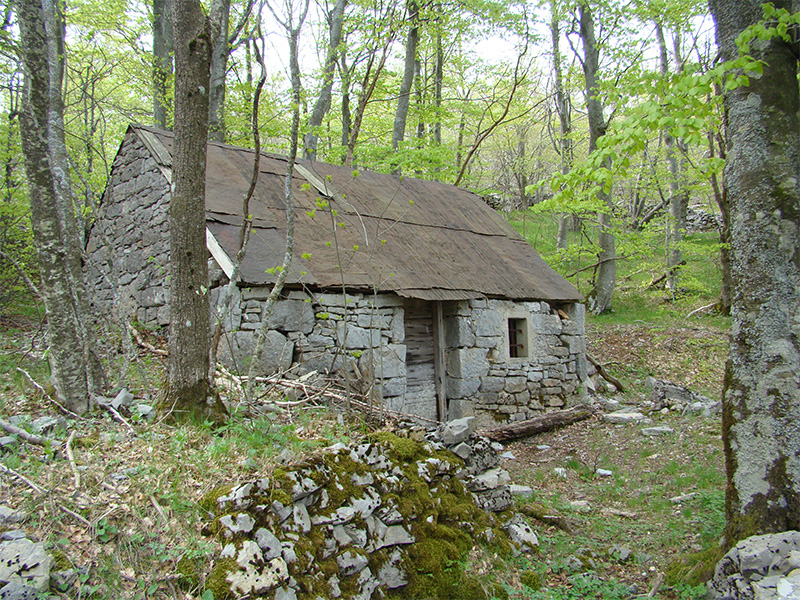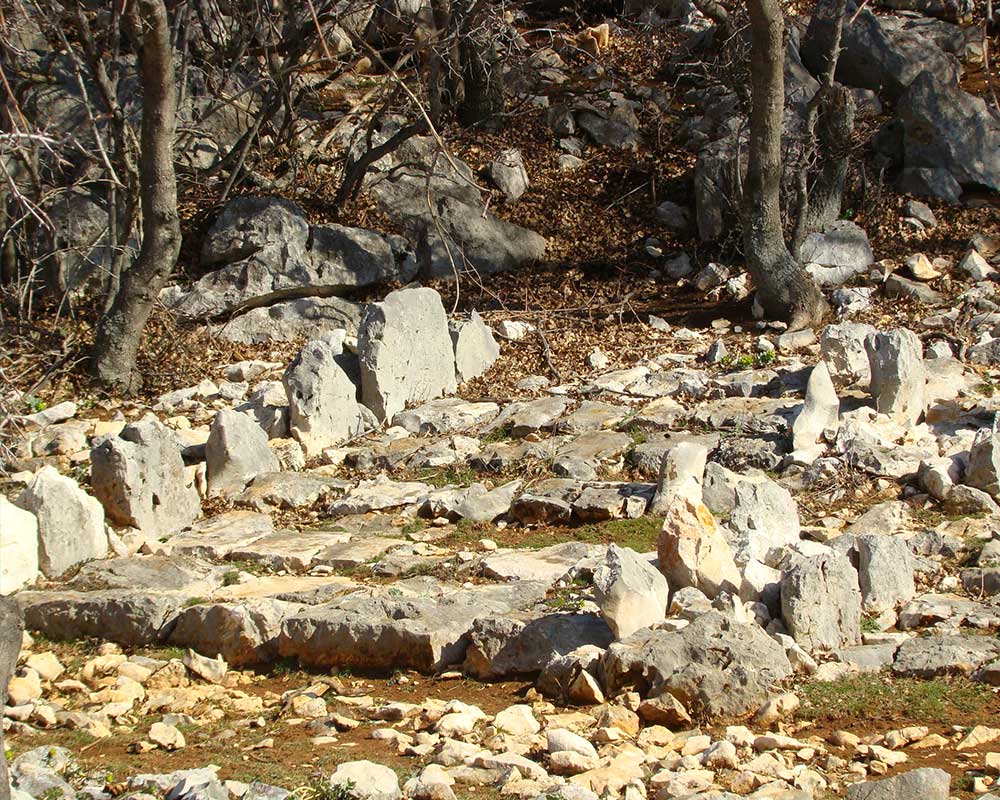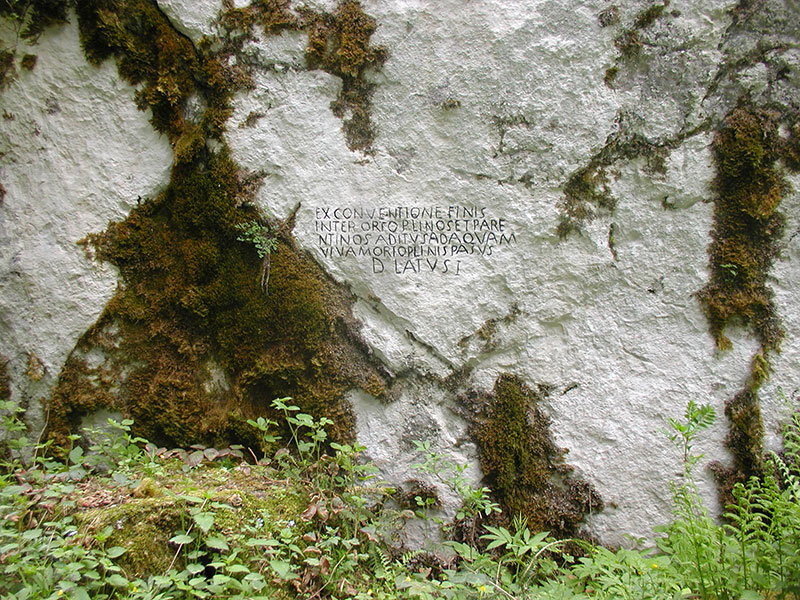Cultural and historical heritage
The area of Velebit is specific for its rich architectural heritage and unique characteristics of tangible and intangible culture of the population living in mountain areas. The wider environment did not substantially impact upon the craftsmanship and architectural tradition. Due to isolation of the area, the inhabitants of Velebit relied upon their own experiences, accumulated over generations, creating a unique and original traditional folk architecture. Over the centuries, far from information sources, people thus created their own tangible culture, simple in its essence, and adapted to livestock as the main pillar of survival (dry stone walls, shepherd’s huts).
Dry stone walls were created by clearing the areas not suitable for cultivation, skillfully assembling stones one on top of the other without adding any binding material. Dry stone wall construction represents not only a valuable cultural and historical treasure, but also a habitat of various plant and animal species.
Most of the shepherd’s huts of Velebit were built from stone, their rectangular forms made of dry stone walls. Such huts in high altitudes consisted of one room without windows, with a fireplace in the middle and a support pillar for the roof construction. Shelters for livestock were built next to these huts.
Traditional architecture of Velebit is also reflected in the construction of sacral sites. Namely, most churches and chapels on Velebit were built similarly to shepherd’s huts, as constructions with a single internal space. Sacral sites reflect the importance of livestock breeding for the local population, which can be seen in many wows, some still maintained on the remains of church altars for traditional reasons.
The centuries of settlement and active life on Velebit have resulted in various facilities and monuments that represent the cultural heritage of the area today: the historical roads of Velebit (Karolinska Road, Theresiana, Majstorska Road, Josephina), mirila, “Written Stone”, as well as a number of prehistoric and antique localities, hill forts, burial grounds, hydroarchaeological findings, old towns and fortifications, water mills, stone cisterns and watering places for livestock.

HISTORICAL ROADS OF VELEBIT
Velebit has always connected the coastal regions with the hinterland of Lika into an integral economic, cultural and historical unit. Its roads were used for the exchange of various goods. Road connections have therefore been of utmost importance, since the Classical antiquity until the present day.
Aiming to develop the economy, trade and transport, the Habsburg Monarchy built several important roads across Velebit in the 18th and 19th century. The constructors of roads were true experts, so most of these roads are still in use, with only an occasional reconstruction in the meantime.

Shepherds’ Dwellings
The life on Velebit has been accompanied, or actually complemented, by the specificity of constructing residential and sacral buildings. Residential objects built on Velebit were in a large number of cases shepherds’ dwellings which met the needs of the seasonal arrival/departure rhythm of population and livestock from the coastal area to the mountain. The complexity of the construction of shepherds’ dwellings ranges from complex farms in the coastal area to simple, mountain-type, single-space huts

Mirila

Inscribed stone
Epigraphic monument Inscribed Stone is located above the settlement of Kosinjski Bakovac in the forest of Begovača, next to the water source of Begovača. It originates from the period between the 1st and the 4th century, and includes an inscription in Latin on a rock, by which the tribe of Parentini from the area of Kosinj permitted access to water of the source of Begovača to members of the Iapodian tribe Ortoplini.





